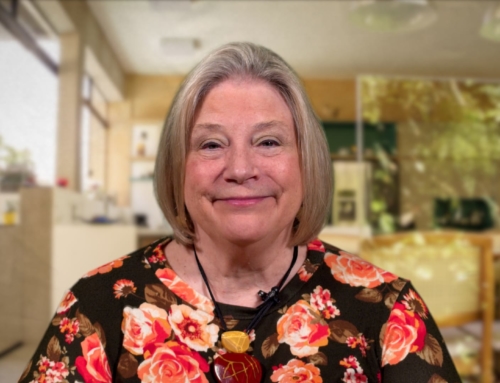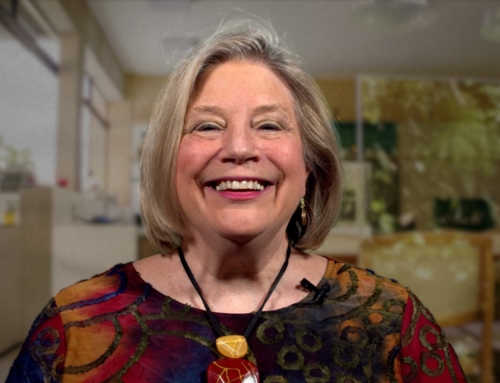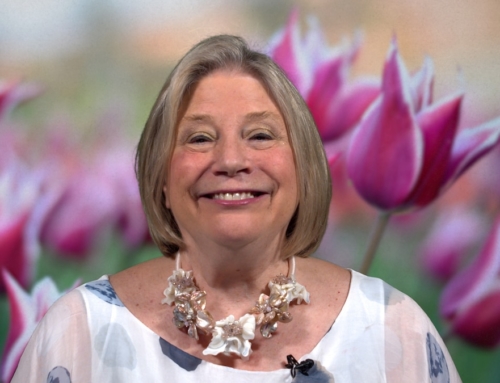I want to wish you a Happy Independence Day in America. Here in America, we like to emphasize autonomy, individuation, how we take care of ourselves, pull ourselves up by our bootstraps, and do empowering, powerful, and resilient things.
We have talked about the importance of independence and dependence – we need both to have interdependence, which is the hallmark of healthy relationships. So let’s look at that through the lens of attachment for a minute.
Secure Attachment in Relationships
When we develop secure attachment, we are comfortable with our own needs, expressing our needs, meeting others’ needs, and we also feel comfortable being independent. So we have a lovely mix of autonomy and also the ability to rely on other people when we need to.
Avoidant Attachment in Relationships
With avoidant attachment, there tends to be a tilt toward, “I am going to do this myself.” It’s almost a sense of superiority about being independent. I call that “reactive autonomy.” Some independent behavior is a definite skill of moving into responsibility self-sufficiency. However, some of this behavior can come from attachment wounds during development where we people just weren’t there for us.
Parents were either vacant, rejecting or not attuned to our needs as kids. Our parents never reflected these qualities back as acceptable behavior. In some cases, having needs was not allowed or tolerated, and hyper-independence was a way to adapt to the reality of the environment.
One exercise you can do is to practice generosity. Try being receptive to other people’s needs, and recognizing your own needs. This is helpful when working to develop secure attachment from avoidant. Try putting yourself in others’ shoes and allow yourself to express your needs in a healthy way.
Anxious/Ambivalent Attachment in Relationships
On the flipside, anxious/ambivalent attachment styles express their needs and emotions, but often with a negative bias that assumes they will not be satisfied ultimately. Ambivalent people have the challenge not to ignore the caring behavior of others. Because they had unpredictable environments where parents were sometimes attuned and sometimes checked out, there is a lot of anxiety around connection–both craving it and fearing abandonment.
For people with anxious/ambivalent avoidant, see if you can be receptive to the kindness of others and take that feeling in. We discover when we stay in the ambivalent frame of mind that the negative bias actually holds us back from recognizing the connection and love we long for. So, see if you can stay with that feeling and practice taking in caring behaviors. Then, switch your focus to scanning for the positive rather than a negative bias.
Rick Hanson says, “Most positive experiences flow through our brains like water through a sieve,” which is why it is essential to practice accepting and internalizing positive, caring behaviors from others to rewire the brain to recognize loving gestures.
I hope you can practice these exercises as you celebrate with family and friends over the holiday. I hope you have a fun celebration!
Happy 4th of July,
Diane







